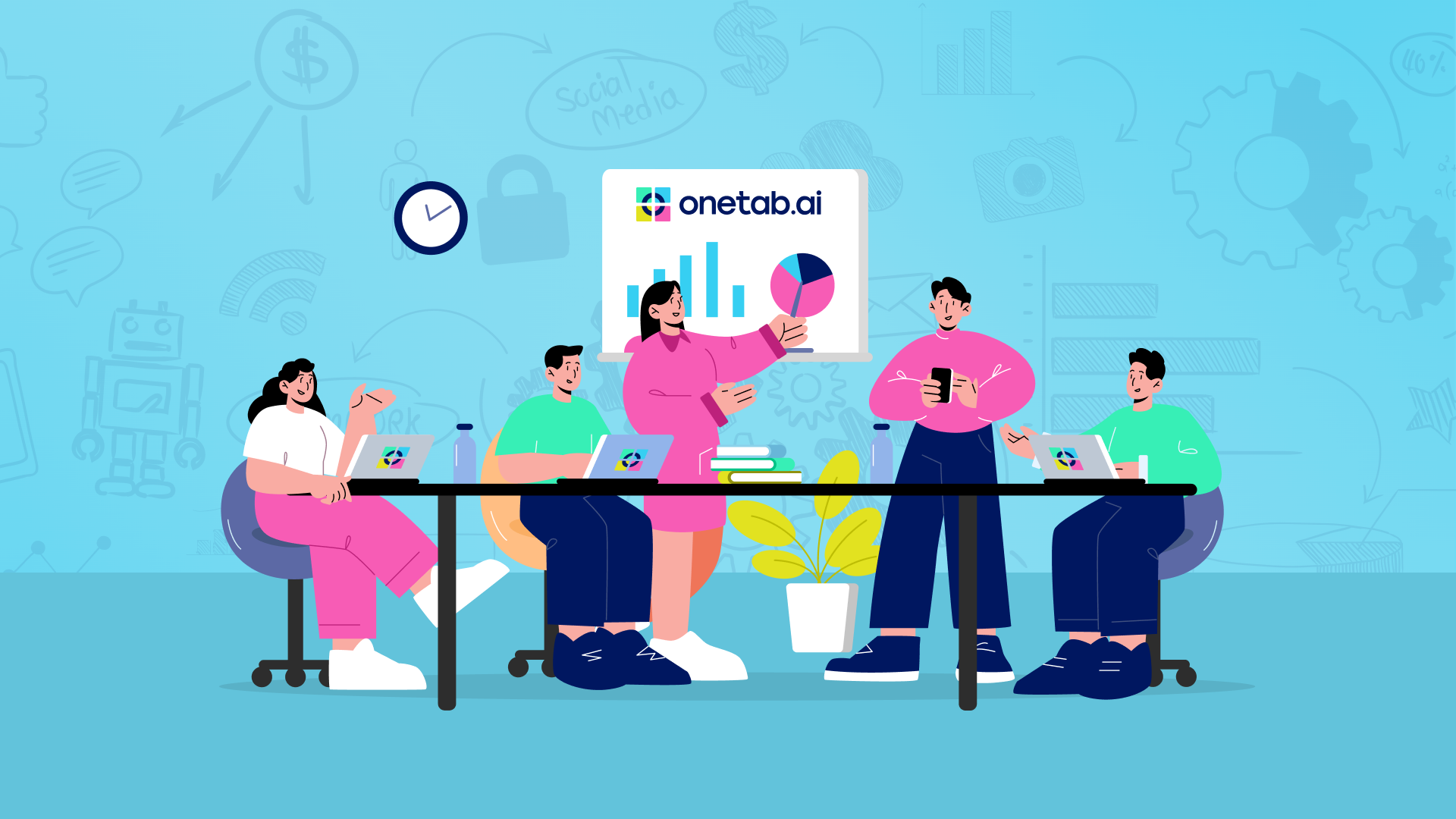Ever had a project go south, even though you had the best intentions? Poor management and unclear communication can really mess things up.
Missed deadlines, misunderstood goals, and frustrated teams often result from not speaking the same project language.
But fear not! Knowing the right project management terms can be a total game-changer.
Whether you’re a seasoned pro or just starting out, understanding these key concepts can help you plan better, execute more efficiently, and keep your team happy and productive.
In this guide, we’ll explore the top 15 project management terms every manager should know.
Let’s get started!
 Fun Fact: The term “project manager” might be relatively new, but project management dates back to ancient times! Fun Fact: The term “project manager” might be relatively new, but project management dates back to ancient times!  The Egyptians mastered it while building massive wonders like the pyramids! The Egyptians mastered it while building massive wonders like the pyramids!  |
Top 15 Project Management Terms Every Manager Should Know
Understanding the critical project management terms and definitions will elevate your leadership and drive project success. Here are the top ones you must know:
1. Scope
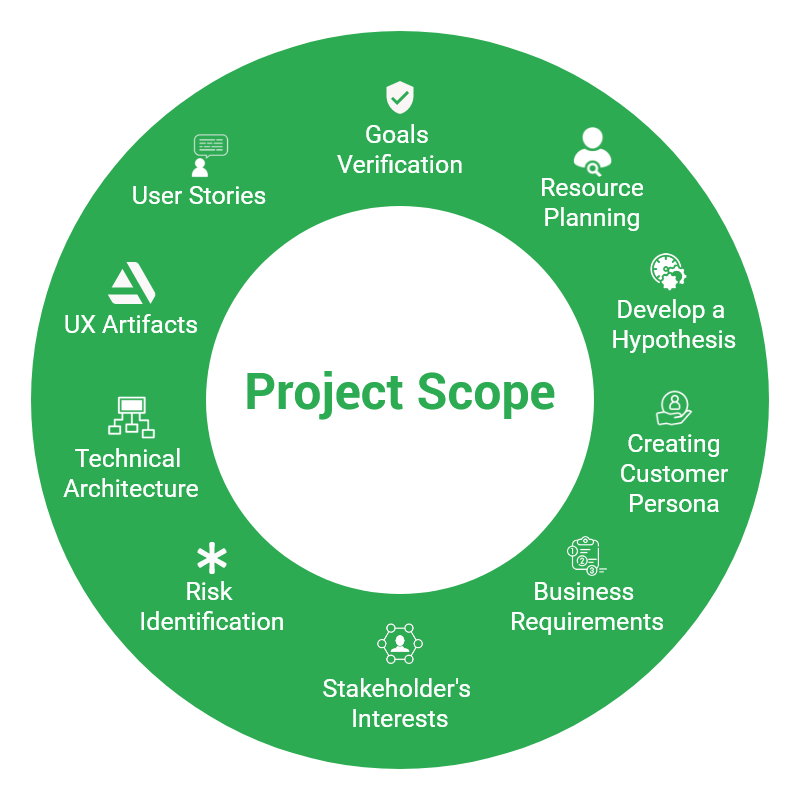
The scope defines what your project will and won’t cover. It sets clear boundaries, outlining the objectives, deliverables, and tasks. Getting the scope right helps you avoid scope creep—those sneaky additions that derail timelines and budgets
Hence, a well-defined scope keeps your team aligned and focused on what truly matters. When planning, always document your project scope to ensure everyone’s on the same page.
2. Stakeholder
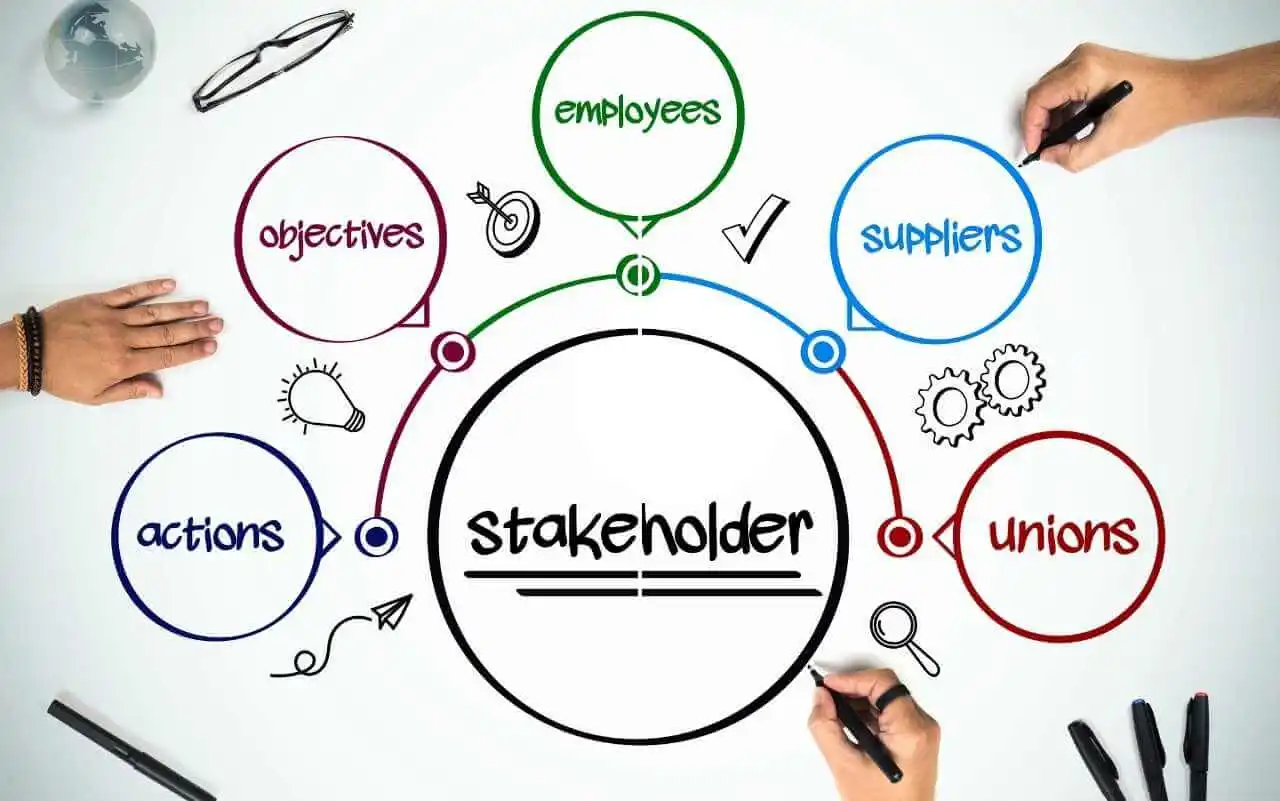
Stakeholders are the people invested in your project’s outcome. This could be your boss, your client, your team members, or even people outside your organization.
Engaging your stakeholders early and regularly helps build trust and keeps expectations realistic. Their feedback is crucial for success. As a manager, prioritize clear communication with stakeholders to keep them informed and satisfied.
Read more: Why Task Management Programs Are Key to Streamline Projects
3. Deliverable
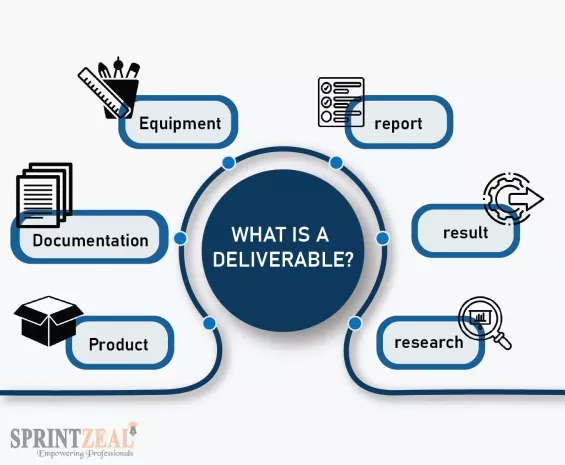
A deliverable is any output your project produces and should align with the project goals and meet stakeholder expectations. This could be a report, a software application, a marketing campaign, or anything else that you’ve promised to deliver.
Deliverables are the tangible results of your team’s hard work. They are milestones that prove progress.
4. Terms of Reference
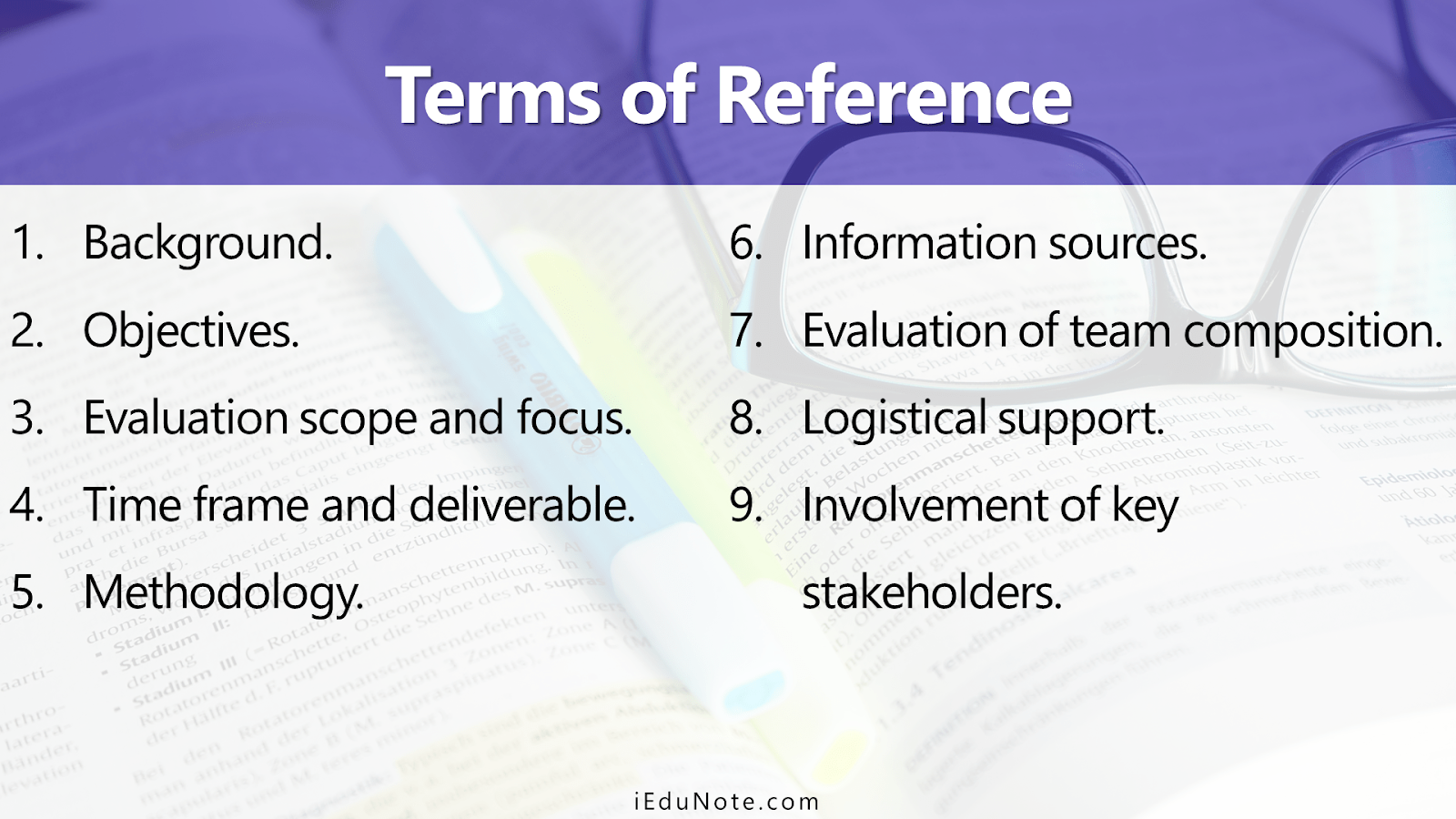
Terms of Reference (TOR) define the project’s scope, objectives, roles, and responsibilities. They serve as a guide for all stakeholders.
TOR ensures everyone understands their duties and the project’s purpose, reducing confusion. Draft a clear TOR at the beginning of your project to set expectations and boundaries.


5. Project Budget
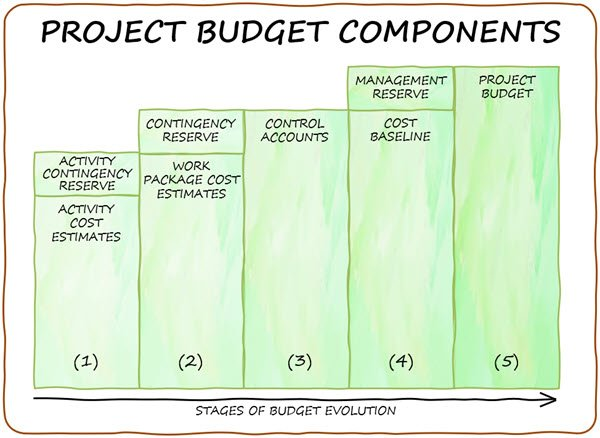
Your project budget is the financial plan for your project and includes costs for resources, tools, and personnel. It outlines how much money you have to spend, where it will be spent, and how it will be allocated
A well-planned budget helps you manage costs, avoid overspending, and ensure the financial success of your project. Regularly track your budget to catch issues early and keep your project financially on track.
6. Gantt Chart
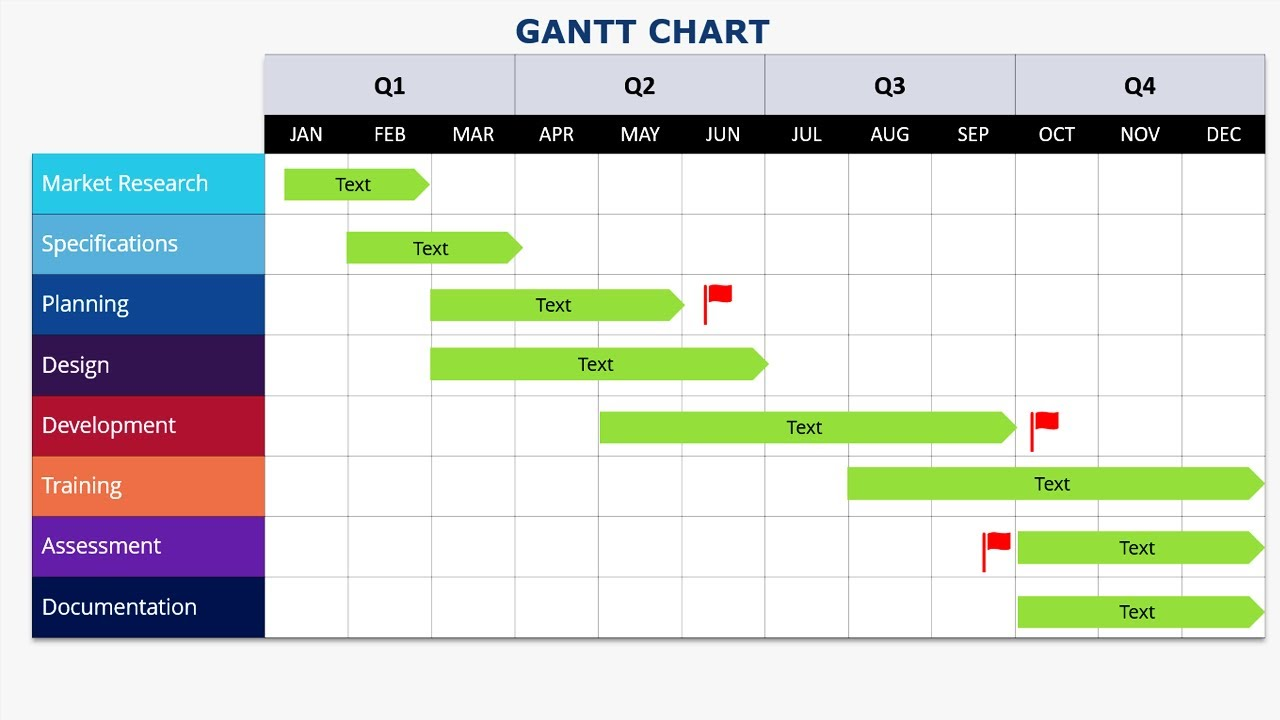
A Gantt chart is a visual tool that maps out your project schedule. It shows tasks, timelines, and dependencies in a clear, bar-chart format.
Using it helps you track progress, identify potential bottlenecks, and keep your team on the same page. For better organization, update your Gantt chart regularly as the project evolves.
 Fun Fact: The Gantt chart, a popular project management tool, was invented in 1910 by Henry Gantt. Fun Fact: The Gantt chart, a popular project management tool, was invented in 1910 by Henry Gantt.  It’s over 100 years old and still a go-to for organizing projects! It’s over 100 years old and still a go-to for organizing projects!   |
7. Kanban
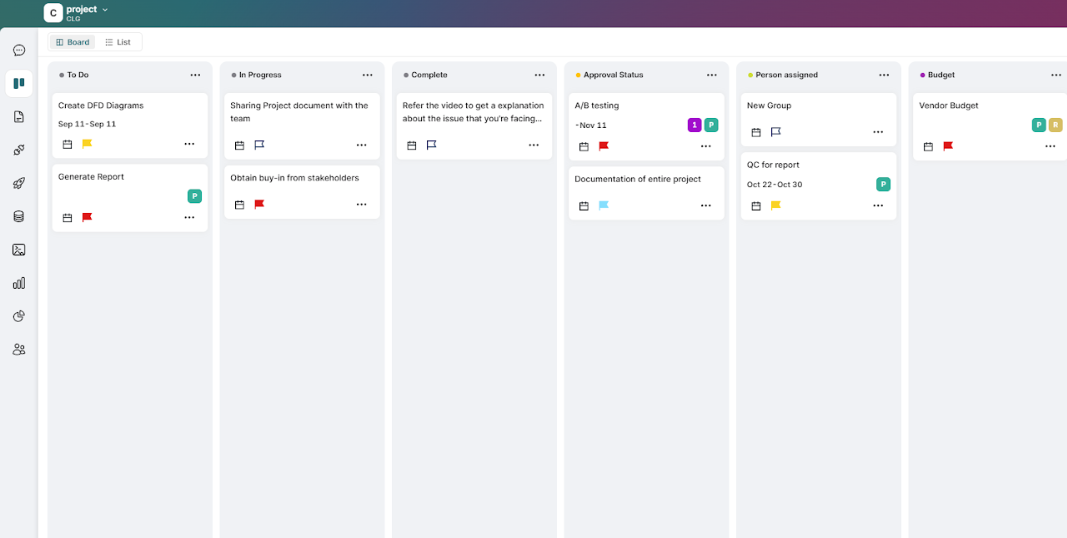
Kanban is a visual project management method that uses boards and cards to represent tasks and workflows. Tasks move through stages, such as “To Do,” “In Progress,” and “Done.”
Kanban is perfect for managing workflows efficiently and adapting quickly to changing priorities. It focuses on continuous improvement and maintaining a steady flow of work.
Read more: Discover the Key Benefits of Kanban in Project Management
8. Risk Management
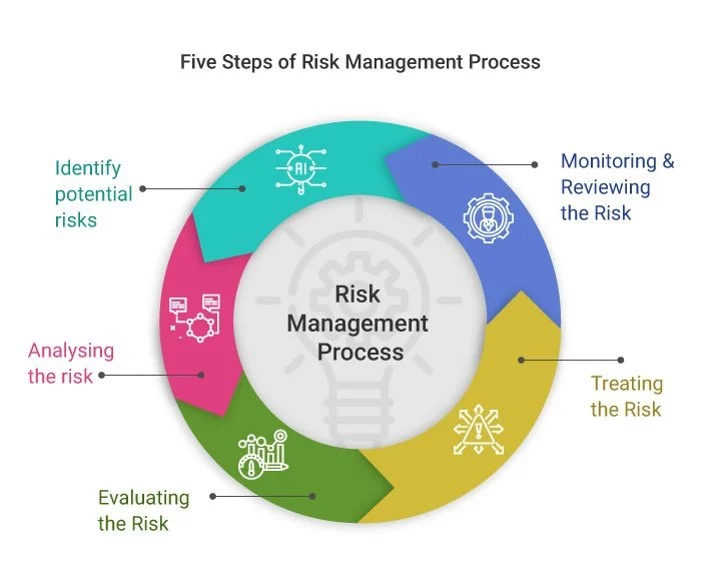
Risk management involves identifying, assessing, and mitigating potential issues that could impact your project. It helps you stay prepared for uncertainties, like budget overruns or resource shortages
So, proactively managing risks minimizes disruptions. As a manager, prioritize risk management to keep your project on track and your team confident.
9. Agile
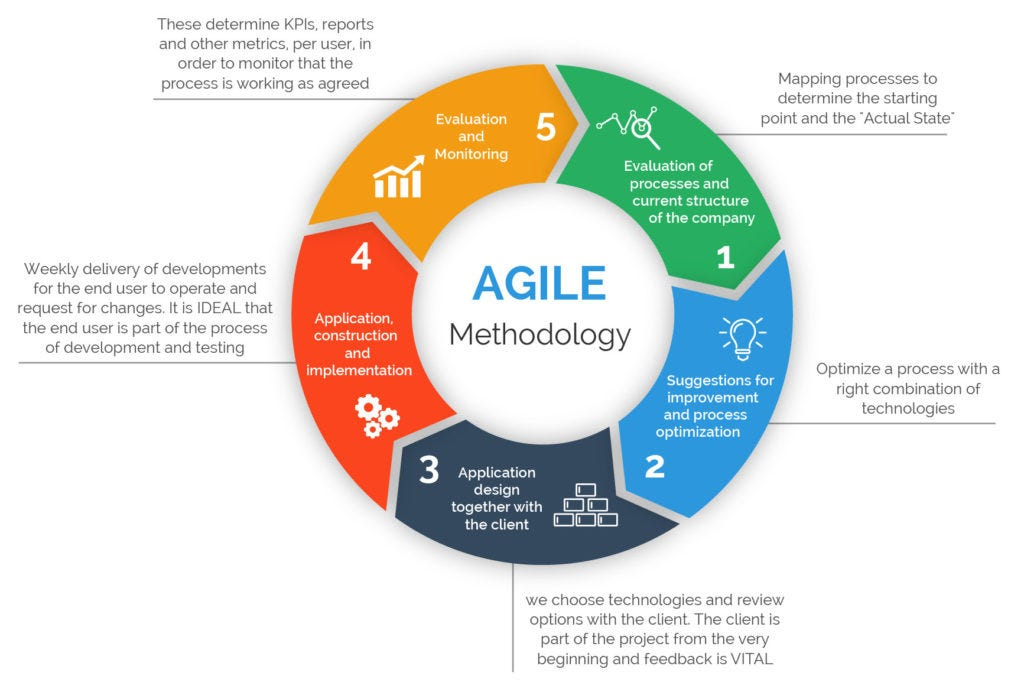
Agile is a flexible project management approach focused on delivering value in small, iterative cycles. It emphasizes collaboration, adaptability, and continuous feedback.
Agile is popular in software development but works across industries. Using this method lets you respond quickly to changes and deliver results that meet stakeholder needs.
10. Waterfall
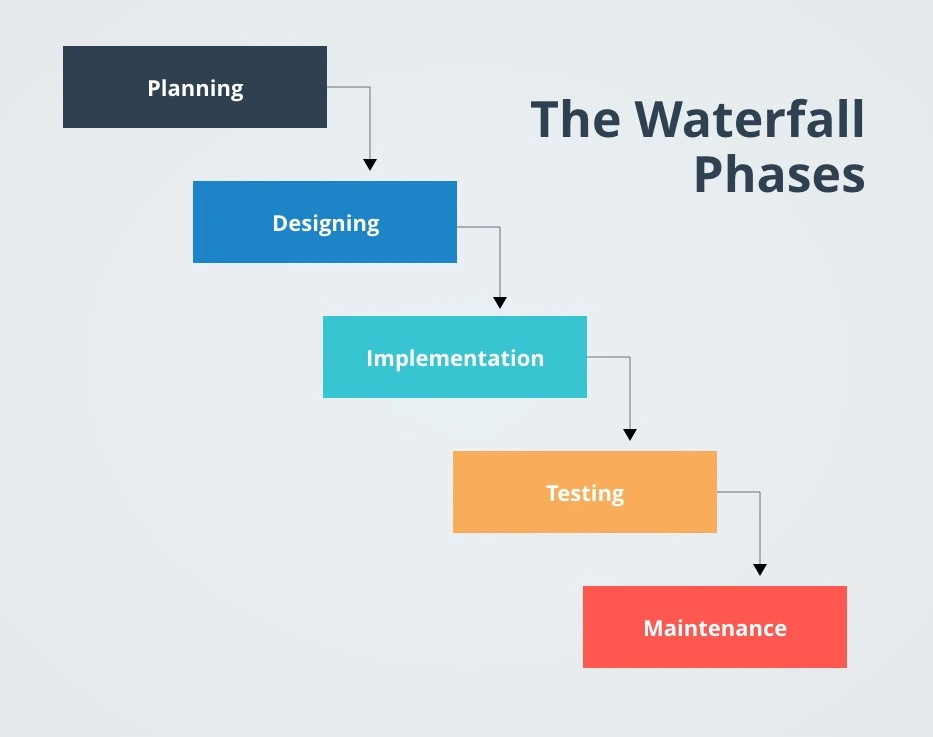
Waterfall is a traditional project management methodology with a linear, step-by-step process. Each phase—planning, execution, testing, and delivery—must be completed before moving to the next.
Waterfall is best for projects with clear requirements. It ensures thorough documentation and a structured approach, making it ideal for predictable projects.
11. KPI (Key Performance Indicator)
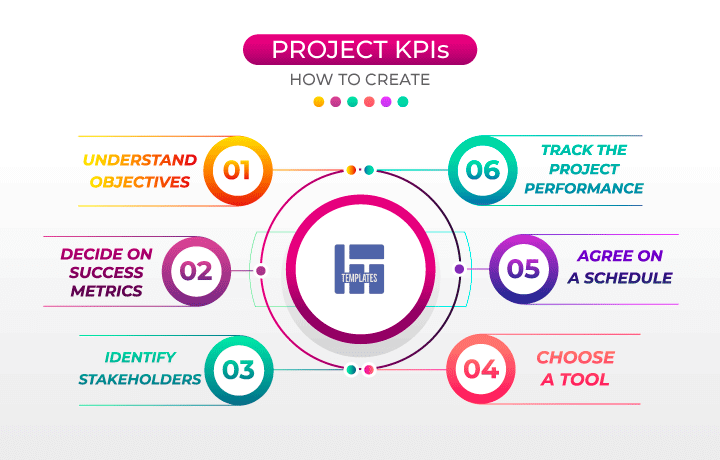
KPIs are measurable metrics that track your project’s progress and success. They can include timelines, budgets, or customer satisfaction scores.
Using KPIs helps you assess performance, identify areas for improvement, and ensure you’re meeting project goals. Define clear and realistic KPIs to guide your team and align efforts with desired outcomes
12. Team Collaboration
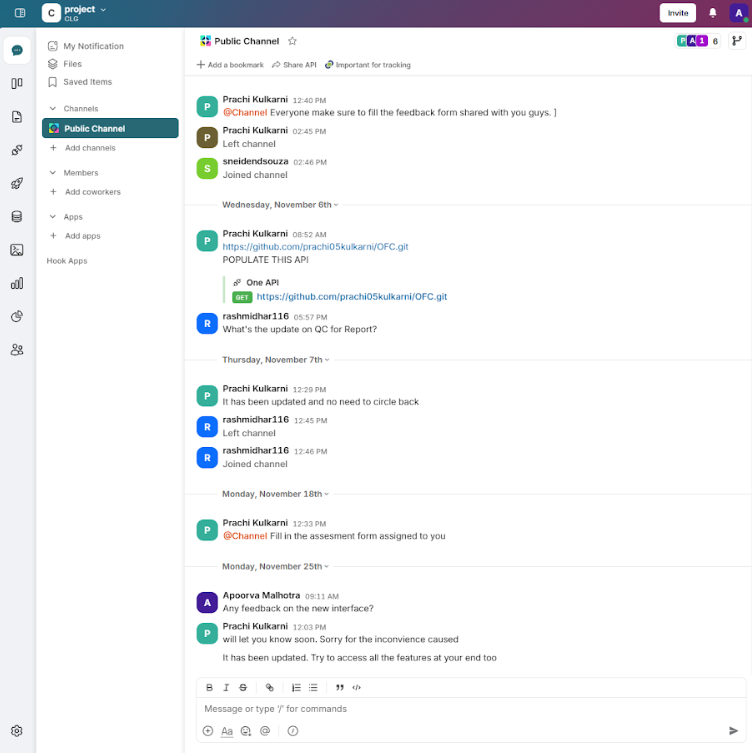
Team collaboration is the cornerstone of successful projects. It involves open communication, shared goals, and mutual accountability.
Effective collaboration builds trust, boosts morale, and ensures tasks are completed efficiently. Use tools and strategies to promote collaboration, keeping everyone aligned and motivated.
Read more: Discover 5 Proven Tips for Effective Workplace Collaboration
13. Critical Path
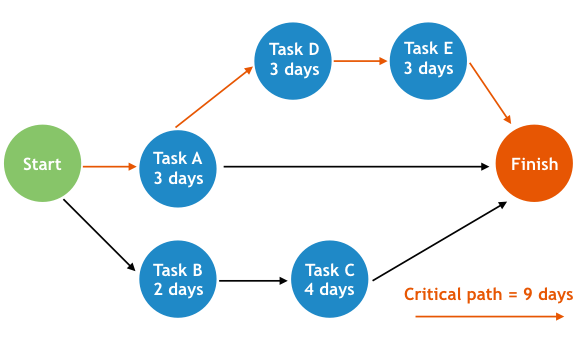
The critical path method identifies the longest sequence of dependent tasks in your project. It determines the minimum time needed to complete the project.
Focus on critical path activities to ensure smooth progress and timely delivery. Monitoring the critical path helps you prioritize tasks and avoid delays.
14. Milestone

Milestones are significant points in your project timeline. Think of them as markers that show you’re on track toward completion. They could be deadlines, approvals, or completed deliverables.
Tracking milestones helps you monitor progress and adjust plans if needed. Set realistic milestones to keep your team motivated and moving forward.
15. Project Management Software
A project management software is a must-have for project managers for efficient planning, tracking, and team collaboration. It simplifies complex workflows, ensures better communication, and keeps your projects on track.
One such versatile tool is Onetab.ai which is designed to optimize task management and improve overall team efficiency. Onetab.ai offers many critical features to optimize your work processes:
Streamline your workflow with One Kanban
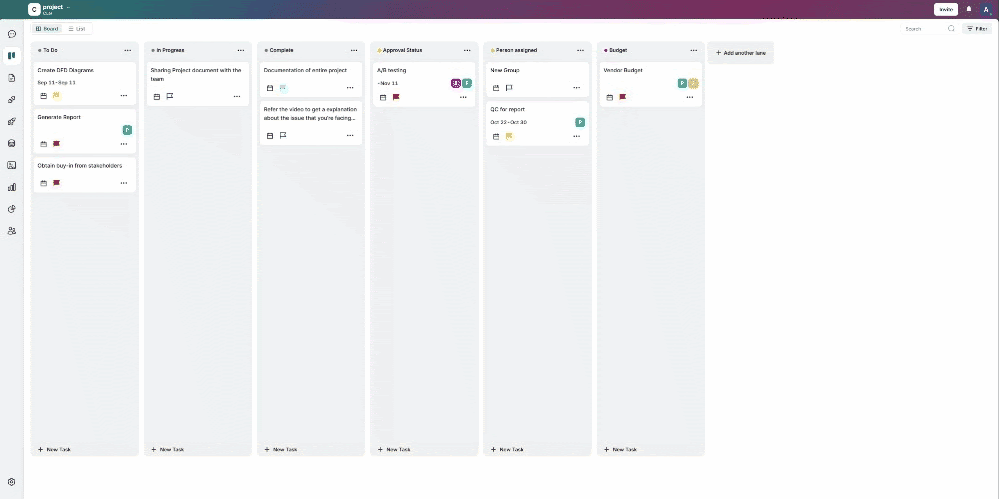
Move tasks in One Kanban board seamlessly and keep track of your project progress
One Kanban provides a simple, visual way to manage tasks and projects. It uses customizable boards and cards to organize work into clear stages like “To Do,” “In Progress,” and “Done.”
If you’re planning a product launch, with One Kanban, you can create a board for each phase—design, marketing, and deployment. Assign tasks to team members, set deadlines, and watch as progress unfolds visually.
Simplify team communication with One Chat
Tag teammates, ask for quick updates and collaborate in real time using One Chat
One Chat brings all team conversations into one platform. Forget juggling multiple apps—this feature lets you communicate without losing context.
When discussing a new marketing strategy, you can tag the relevant tasks, mention team members directly in your chat. This ties conversations to actions, reducing confusion and improving collaboration.
Improve document collaboration with One Doc
Write and edit notes, add images, and collaborate with teams using One Doc
One Doc makes sharing and collaborating on files easy. Your team can create, edit, add images, and store documents in one place without worrying about multiple versions.
Say you’re working on a proposal. With One Doc, you can draft the document together, leave comments, and finalize it without switching tools.
Access real-time project insights with One Report
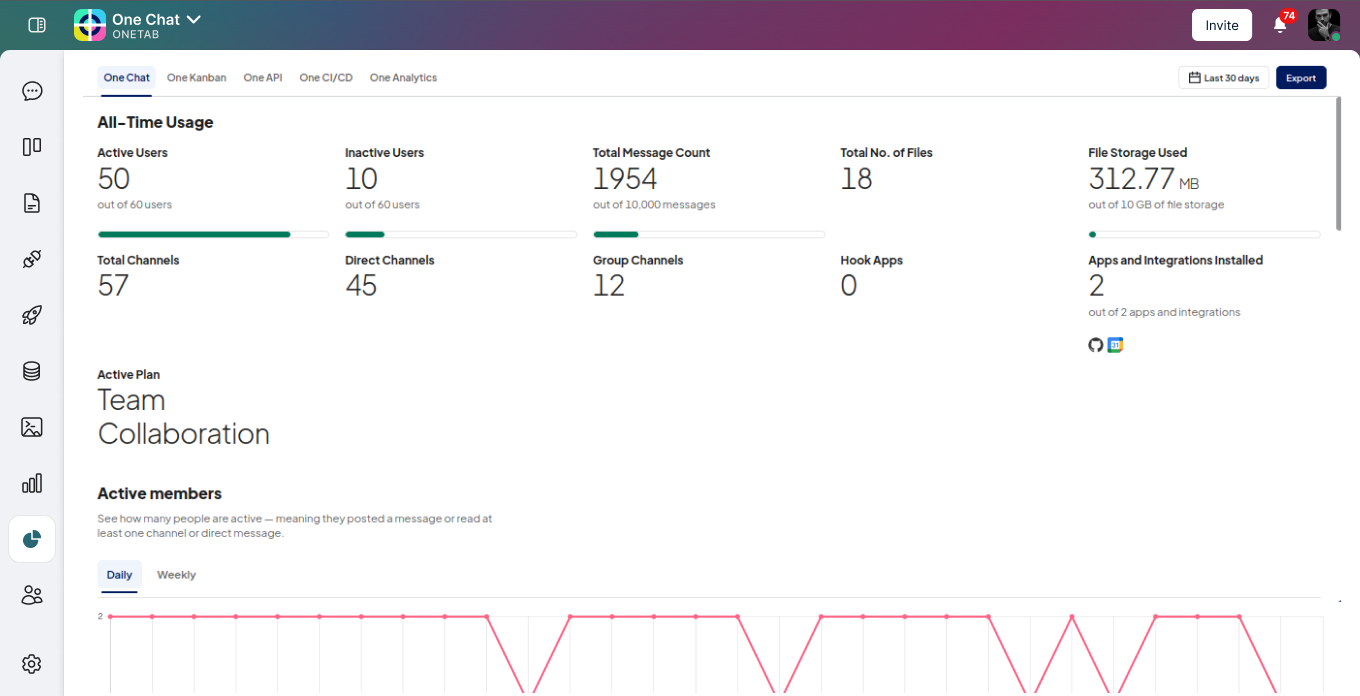
Analyze data and generate easy-to-understand reports using One Report
One Report gives you a clear picture of your project’s performance. It provides real-time updates on progress, highlights bottlenecks, and helps you make data-driven decisions
For example, if a project phase is falling behind schedule, One Report alerts you early. You can reallocate resources or adjust timelines before issues escalate, keep your project running smoothly, and achieve better outcomes.
Achieve Project Management Success with Onetab.ai!
Understanding key project management terms will help you become a better leader. It will empower you to communicate effectively, make informed decisions, and manage your team with confidence.
To take your project management skills even further, you need tools that simplify workflows and enhance efficiency. That’s where Onetab.ai comes in—a powerful platform offering everything you need to streamline tasks, track progress, and boost team collaboration.
Ready to elevate your project management game? Sign up for Onetab.ai today and experience seamless project management like never before.
